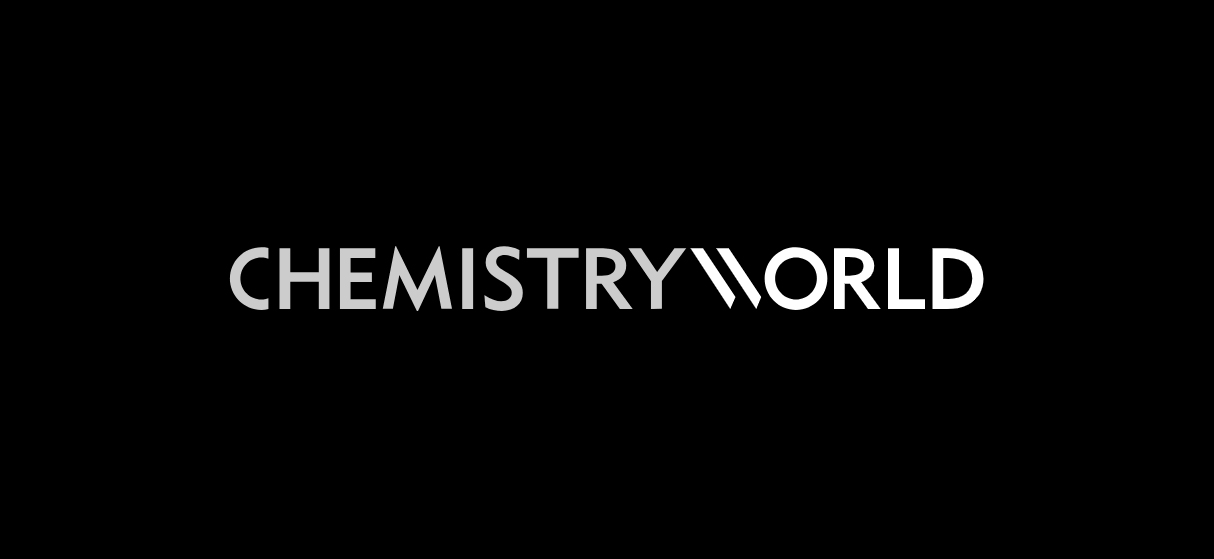
Very clever – a total game-changer in water splitting
RON NAAMAN, WEIZMANN INSTITUTE OF SCIENCE
Water splitting is the most sustainable way of producing hydrogen, and could be the basis of a global economy that no longer runs on fossil fuels. The technology to produce large amounts of hydrogen from water splitting is ready to go, but is still much more expensive than steam methane reforming – a process that generates large amounts of carbon dioxide.
‘Our strategy improves the efficiency of water electrolysers,’ explains José Ramón Galán-Mascarós, from the Institute of Chemical Research of Catalonia in Spain, who led the study. ‘We achieve hydrogen production at low potentials just by approaching a permanent magnet to the anode, which results in immediate energy savings.’ Moreover, the team used catalysts based on earth-abundant metals like nickel and iron, unlike other water splitting efforts that need precious metals. Galán-Mascarós says that in the lab they can increase the efficiency of producing hydrogen using an electrolyser by 100% (see video). In an industrial setting he’d expect efficiency gains to be 30–40%.
‘In order to develop a sustainable energy economy, the goal is to produce renewable hydrogen by coupling water electrolysers to renewable energy sources, such as solar panels or windmills,’ explains María Escudero-Escribano, an electrocatalysis researcher at the University of Copenhagen, Denmark. However, this is usually difficult due to the low efficiency and intermittence of these renewable sources. ‘Water electrolysers are a great solution to this, as they allow us to store energy by forming chemical bonds in hydrogen molecules,’ she adds.
The Spanish team started by looking at the anode, where the oxidation of water to oxygen takes place. This half-reaction requires a lot of energy and is typically the bottleneck in water splitting. ‘Now, we demonstrate that magnetic fields increase water oxidation rates, and this can be easily implemented,’ explains Galán-Mascarós. Magnets offers another perk for producing hydrogen – the ferrite catalysts are strongly attracted to the magnetic electrodes without the need for additional binders.
Ron Naaman, a molecular electronics scientist at the Weizmann Institute of Science in Israel, says this new approach is ‘very clever – a total game-changer in water splitting’. It works thanks to a phenomenon called spin polarisation. ‘When you look at two electrons in the same molecule, they can have parallel spins (which is called a triplet state) or anti-parallel (singlet),’ Naaman explains. Water splitting is a spin-restricted process, as you have to produce triplet state oxygen from water, where it is found in a singlet state. ‘This breaks the rules,’ he says. ‘But in this case, the magnetic electrode accepts all the electrons with the same [parallel] spin when they come from the reactants, which is key to easily achieve the triplet state of oxygen,’ he notes.
‘This spin-control effect is exactly how nature does it during photosynthesis,’ says Escudero-Escribano. ‘We still have a lot to learn from nature’s catalysts, and these results are very promising for the field.’
Magnetic enhancement of water oxidation has been proposed before, but never achieved. ‘The previous theory was not able to explain why – or when – the effect could appear,’ says Núria López, who carried out the computational studies. She says that modelling allowed them to work out the conditions needed, as well as that the first row of the transition metals would be key to getting magnetic enhancement of water splitting. The team now wants to look into whether magnets could enhance reactions beyond water splitting, such as oxygen reduction in fuel cells and selective electrochemical oxidation.
Researchers are hopeful that this way of boosting hydrogen production could be scaled-up. Naaman says that the magnets are cheap and can be bought ‘in a hardware store – it isn’t anything especially strong’. This means scaling-up the process should be simple as ceramic magnets that generate the required 450mT are commonplace. Although getting the technology into industry may need further developments, ‘we have already had some discussions with companies’, López says.
Galán-Mascarós agrees and dreams of hydrogen stations that could produce their own hydrogen on site, dodging transportation problems. ‘If we can make green hydrogen affordable and profitable, the transition from fossil fuels to renewable energies will be unstoppable,’ he says.
Source: www.chemistryworld.com